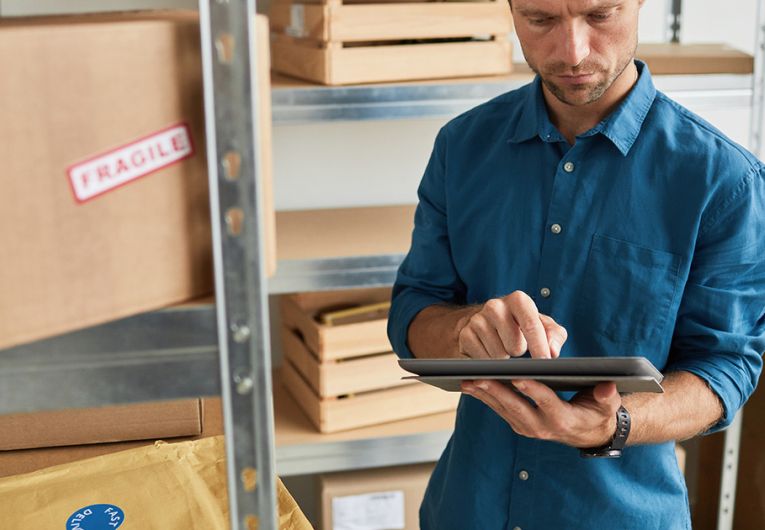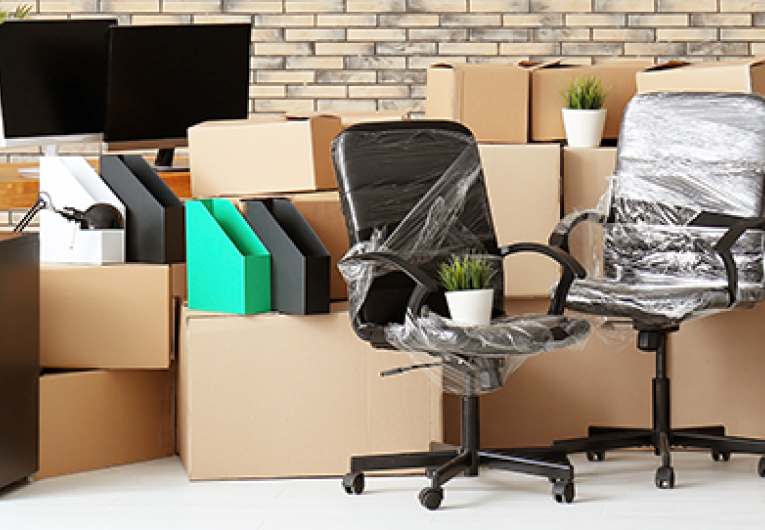
Should Your Business Buy or Lease Equipment? A Budget-Centric Perspective
One of the key decisions a business owner faces involves whether to buy or lease equipment. In this blog post we take a closer look at the pros, cons and considerations so you can make an informed decision.
The Basics: Buying vs. Leasing
Buying Equipment
Purchasing equipment outright means paying the full cost upfront or financing it. This method gives you full ownership, and over time, it becomes an asset on your balance sheet. The initial expenditure is higher, but owning equipment can be more cost-effective in the long run.
Leasing Equipment
Leasing involves paying for the use of equipment over a set period, usually through monthly payments. At the end of the lease term, you might have the option to buy the equipment, renew the lease, or return the equipment.
Leasing requires less upfront capital and often includes maintenance services, making it attractive for preserving cash flow and reducing maintenance headaches.
Budget Considerations
Initial Costs and Cash Flow
Buying
Requires a significant initial investment, which can strain your cash flow, especially for small businesses or startups. However, owning the equipment outright means no monthly payments, freeing up funds in the long term.
Leasing
Typically, it requires little to no down payment and spreads the cost over time, which can be easier on your cash flow. Monthly lease payments are predictable, helping with budget planning and financial stability.
Maintenance and Repairs
Buying
Maintenance and repair costs are the responsibility of the owner. These costs can add up, especially as equipment ages. However, you have control over when and how maintenance is performed, potentially extending the equipment's life.
Leasing
Leases often include maintenance and repair services, transferring these responsibilities to the lessor. This can save on unexpected costs and ensure the equipment is kept in good working condition.
Tax Implications
Buying
Equipment purchases can be depreciated over time, providing tax deductions each year. Section 179 of the IRS code allows businesses to deduct the full purchase price of qualifying equipment bought or financed during the tax year.
Leasing
Lease payments can often be deducted as business expenses on your tax return, offering a consistent deduction each month. However, you cannot depreciate leased equipment.
Flexibility and Upgrades
Buying
Owning equipment can tie up capital and limit your ability to upgrade to the latest technology. You're responsible for selling or disposing of outdated equipment.
Leasing
Leases provide flexibility to upgrade to newer models at the end of the lease term, keeping your operations current with the latest technology without significant capital outlay.
Unique Items You Can Lease
Leasing isn't just for common items like office furniture or company vehicles. Businesses can lease a variety of unique equipment to suit their specific needs:
Technology and IT Equipment
Computers, servers, and software can be leased, ensuring that your business stays up to date with the latest advancements without the need for large capital investments.
Manufacturing Equipment
From CNC machines to assembly line robots, leasing can help manufacturers stay competitive without the heavy financial burden of purchasing high-cost machinery.
Medical Equipment
For healthcare providers, leasing MRI machines, X-ray systems, and diagnostic tools allows access to cutting-edge technology without prohibitive costs.
Construction Equipment
Bulldozers, cranes, and other heavy machinery can be leased, giving construction companies the flexibility to scale up quickly for large projects and return the equipment afterward.
Restaurant Equipment
Leasing ovens, refrigerators, and other kitchen essentials help restaurants manage cash flow and keep their equipment up-to-date and compliant with health standards.
Making the Decision
The decision to buy or lease should be guided by a thorough analysis of your business's financial health, the nature of the equipment, and your long-term operational needs. Consider the following steps:
- Conduct a Cost-Benefit Analysis: Compare the total costs of leasing versus buying, including initial costs, maintenance, tax implications, and potential resale value.
- Evaluate Cash Flow: Assess your cash flow situation. If capital is tight, leasing might be a more viable option.
- Consider the Equipment's Lifespan and Usage: If the equipment will become obsolete quickly or if you anticipate significant changes in your needs, leasing offers greater flexibility.
- Consult Financial and Tax Advisors: Seek professional advice to understand the full financial and tax impacts of buying versus leasing.
Both buying and leasing have their pros and cons, largely dependent on your business's specific circumstances. By carefully evaluating your budget, operational needs, and financial projections, you can make a decision that supports your business's growth and sustainability.
The trends, insights, and solutions you need to grow your business.
By signing up, you’re subscribing to our monthly email newsletter, The
Wire. You may unsubscribe at any time.
Your information stays safe with us. Learn more about our privacy
policy.











![[#MSP_NAME#] Logo](/themes/sparklight_business/images/transition-logos/migration-banner-logo-[#MSP_CD#].png)
